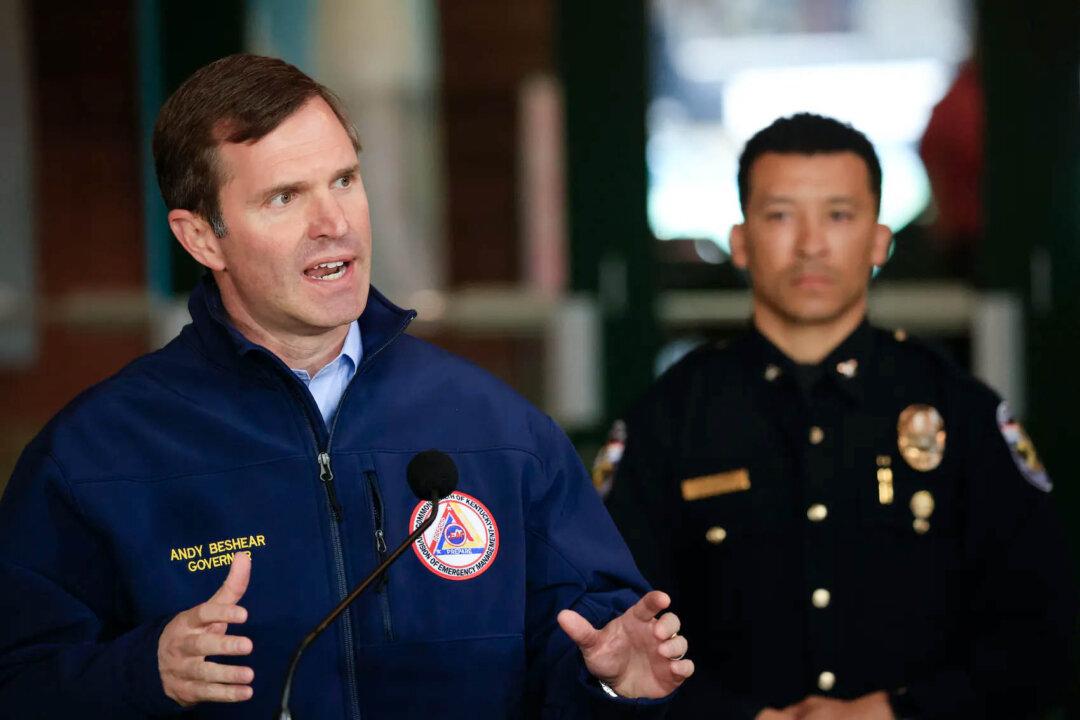A Navy investigation released Thursday revealed that contaminated drinking water that supplied thousands of military families in Hawaii was the result of human error and poor leadership within the Navy.
The report further detailed how jet fuel leaked from Red Hill Bulk Fuel Storage Facility situated on a ridge above Pearl Harbor into tap water in May and November of 2021, making some 6,000 people sick with nausea, headaches, rashes, and other symptoms.
Vice Chief of Naval Operations Admiral William Lescher said the fuel leak was a “result of the Navy’s failure to resolve with urgency deficiencies in system design and construction, system knowledge, and incident response training.”
The report stated that there was a “lack of critical thinking, intellectual rigor, and self-assessment by key leaders at decisive moments” which “exemplified a culture of complacency and demonstrated a lack of professionalism that is demanded by the high consequence nature of fuel operations.”
Kathleen Ho, Hawaii’s deputy director of environmental health, said the department released the reports “in the interest of transparency.” She called for the facility to be emptied of fuel as soon as possible for the safety of Hawaiians.

How the Water Supply Was Contaminated
The Navy report revealed that an operator error caused 21,000 gallons (80,000 liters) of fuel to spill on May 6, 2021 while it was being transferred between tanks.Red Hill personnel incorrectly believed that only around 1,600 gallons has been spilled and that the vast majority of it had been recovered. They noticed 20,000 gallons were missing from a tank but didn’t report it up the chain because they thought it flowed through the pipes.
Instead, the missing fuel flowed into a fire suppression line and sat there for six months until a cart collided with a line in November 2021.
The report stated that supervisors ought to have thought more critically about the missing 20,000 gallons of fuel, given it coincided with the spill.
Again, Red Hill personnel incorrectly believed they sopped up most of the spilled liquid, according to Adm. Sam Paparo, the commander of the U.S. Pacific Fleet, The Associated Press reported.
Because that section of the fire suppression line wasn’t supposed to contain fuel, they didn’t have the correct equipment for the job. Around 5,000 gallons were unaccounted for.
“Meanwhile, over the course of eight days, that fuel enters into this French drain that is under the concrete and seeps slowly and quietly into the Red Hill well. And that fuel into the Red Hill well is then pumped into the Navy system,” Paparo said.
The fuel did not get into the Honolulu municipal water supply but some 4,000 families had to be evacuated from their homes on the base to hotels for months.
Operations at the Red Hill facility were suspended in late 2021 when Hawaii’s health department ordered the Navy to empty the underground tanks. At first the Navy resisted, but according to an official document, the facility is expected to be safely drained of fuel by December 2024 at the earliest.
The giant underground U.S. government fuel storage facility has provided fuel to military ships and planes crisscrossing the Pacific Ocean since World War II.





